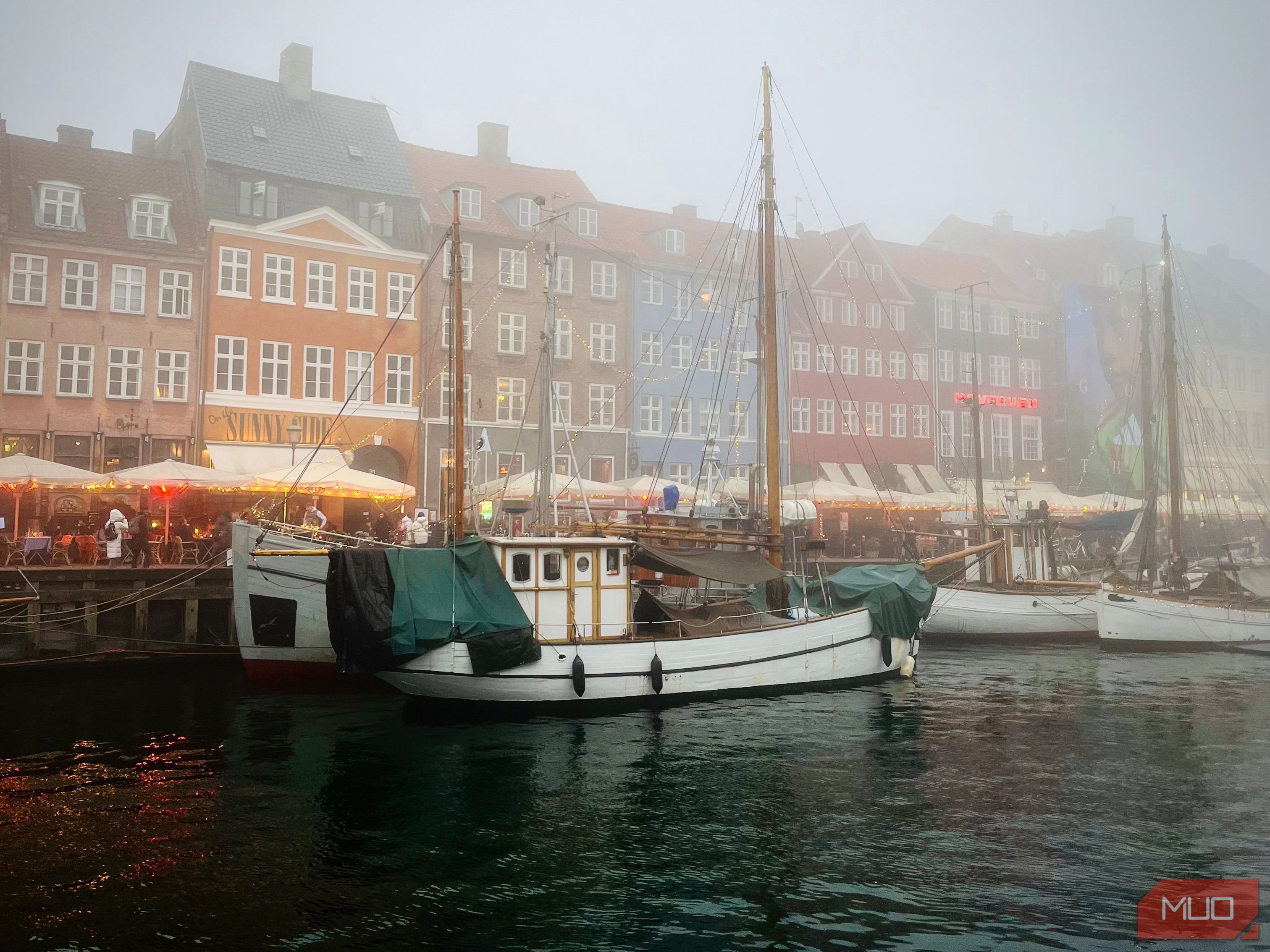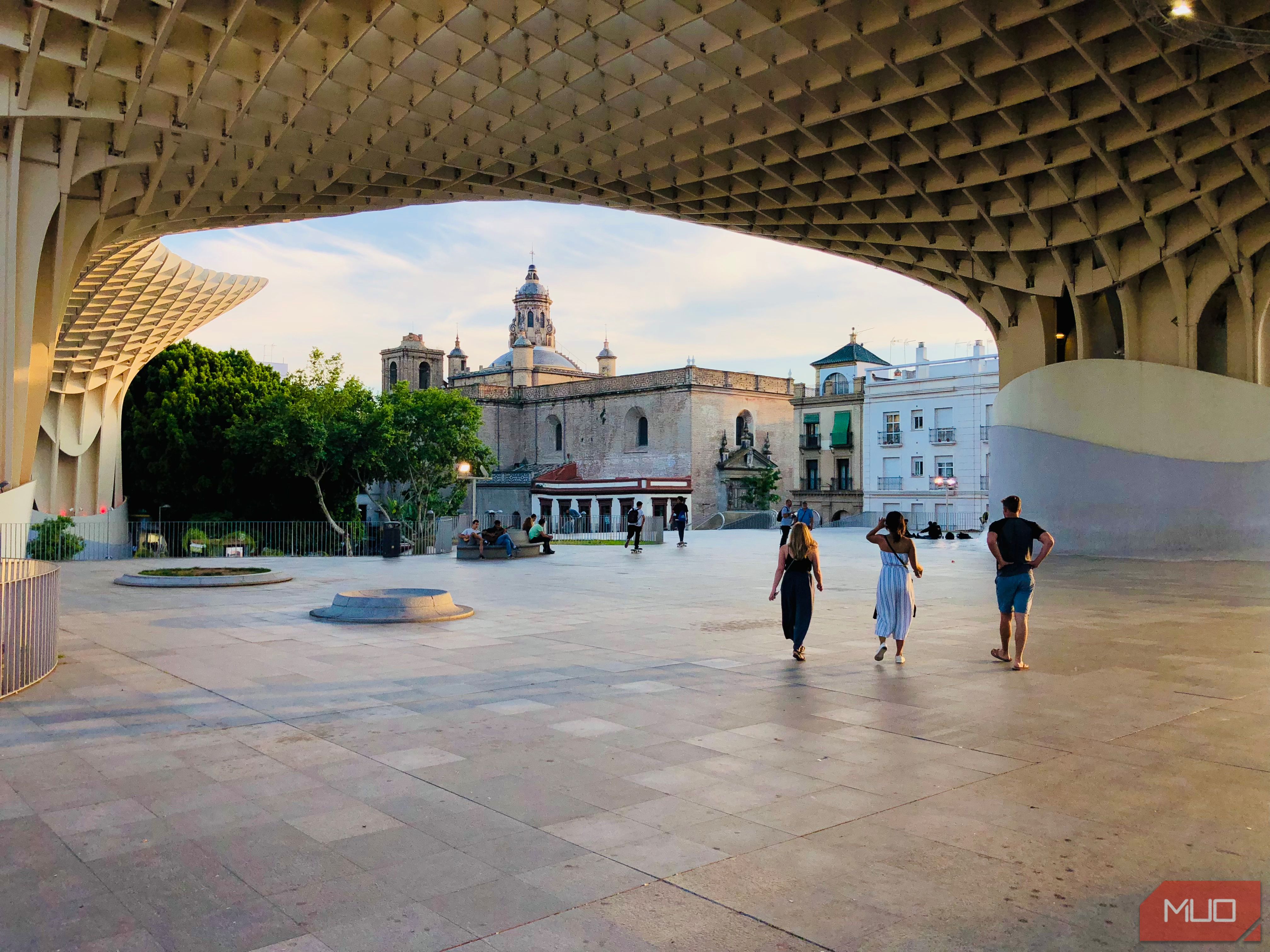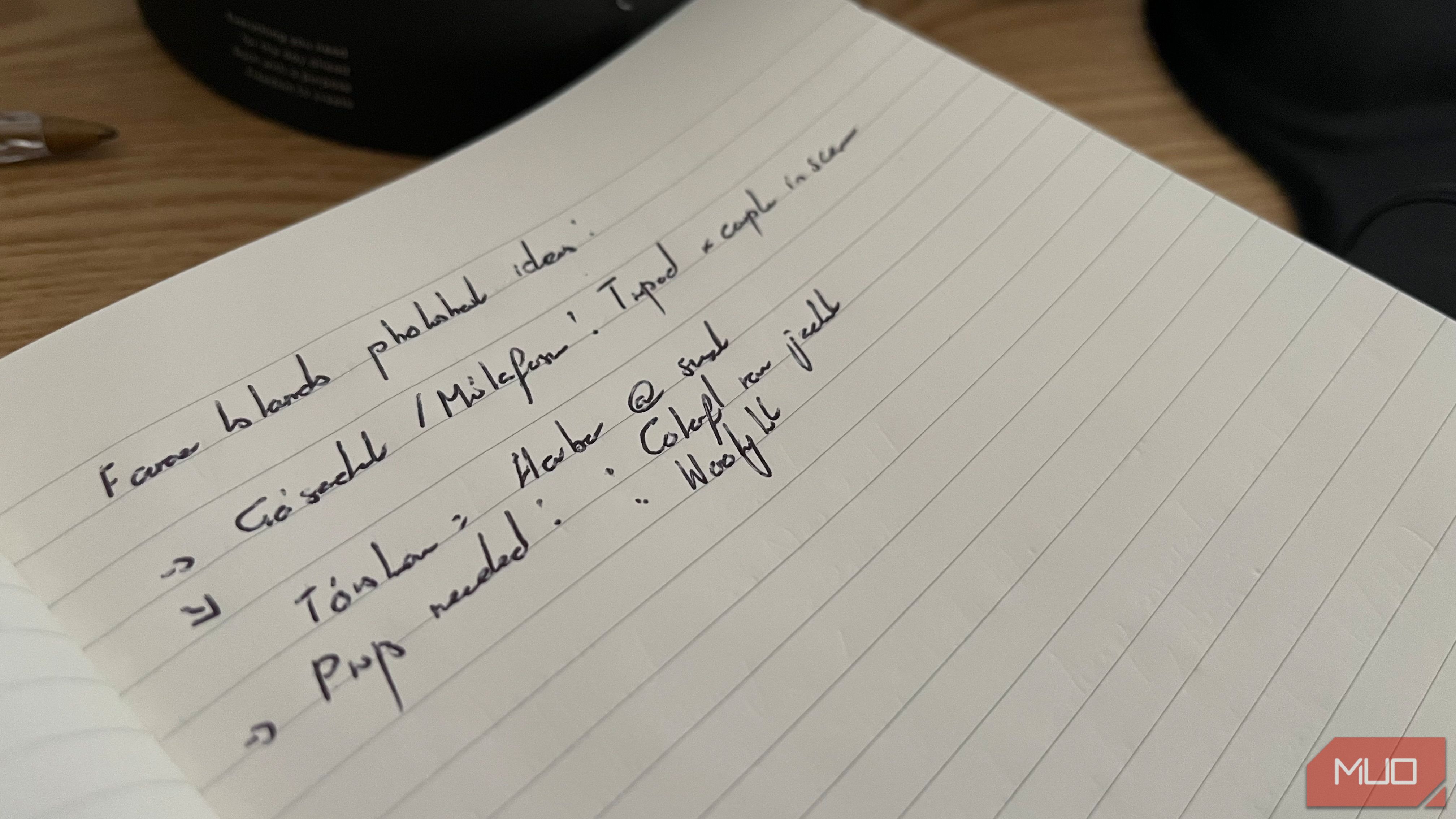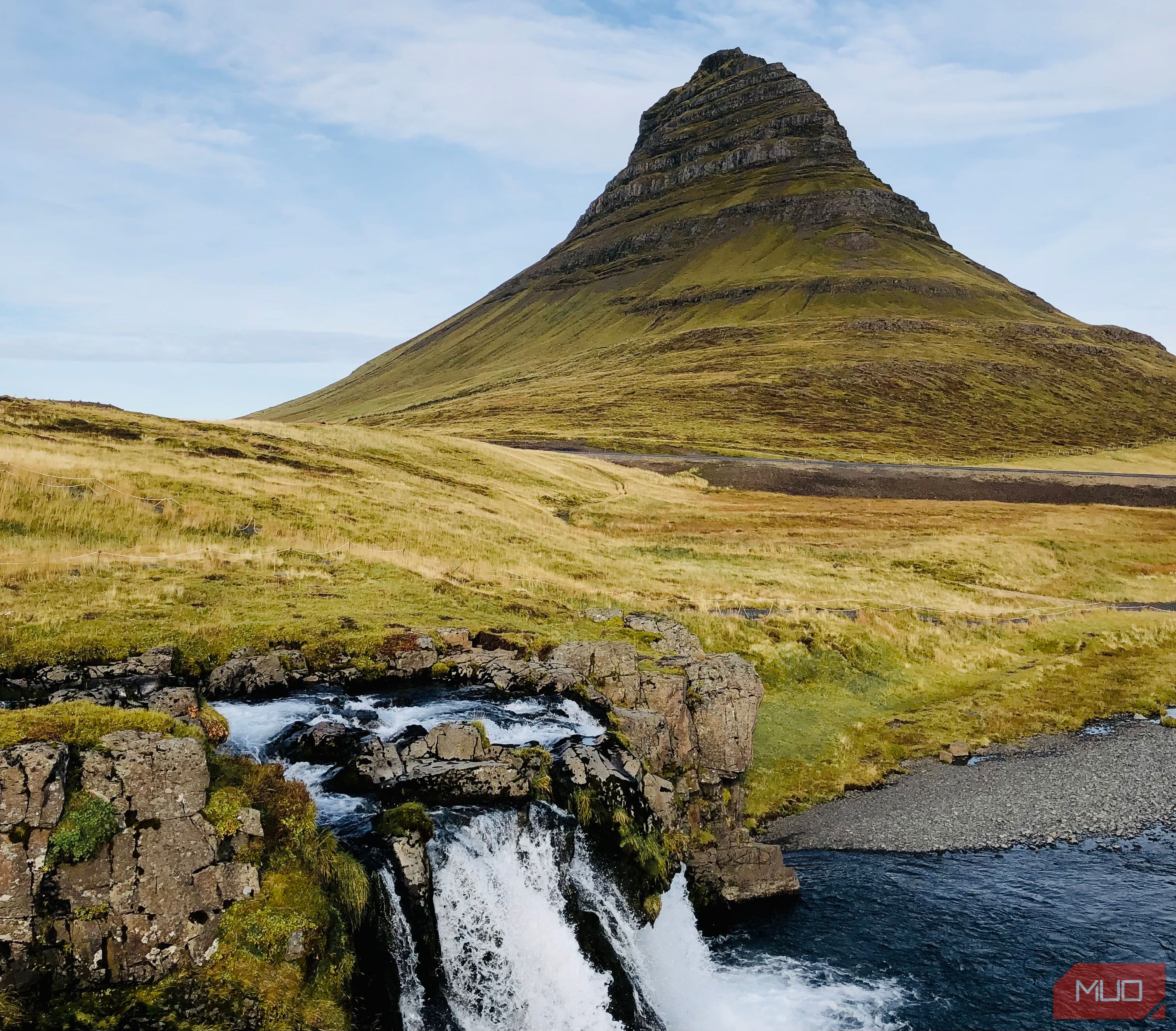Part of my journey to becoming an advanced photographer involved being more intentional about the images I take. Various mindsets and tactics helped me make that shift.
9
Going Out to Photograph a Specific Scene
In my early days of smartphone photography, I’d go out without any plan. While this was great for learning more about photography, it also meant that my images weren’t as good as they could have been. Without sufficient planning, many smartphone pictures lack a clear story or purpose.
To transform my smartphone photography from casual to intentional, I started thinking about the specific scene I wanted to capture. This meant knowing my surroundings and considering the additional elements that would make my picture more unique. For example, I considered whether I needed to include a person and, if so, whether they needed any props.
While I use Apple Notes to plan my scenes, any note-taking app would get the same result.
8
Removing My Scarcity Mindset Around Photography
I’ve spent over five years deprogramming long-held scarcity mindsets in all areas of life, but I didn’t realize that this also impacted my photography. I took so many photos each time I went out because I was, in essence, hoarding them.
My main fear was running out of creative ideas, which was completely true. My eyes are always looking for photo opportunities, and that will never change. Plus, photographers can use AI tools like ChatGPT to generate ideas during creative ruts.
Once I realized that my worries weren’t true, I relaxed more. If I go out and don’t get any photos, that’s fine. It doesn’t mean I’m falling out of love with photography or need to fear any other limiting belief.
7
Stopping and Observing My Scene Beforehand
Balancing a passion for photography with wanting to enjoy the moment is challenging, but I’ve made significant progress. I do this by stopping and observing the scene before taking a picture, allowing me to be more intentional.
Besides looking at what’s around me, I also use my senses of smell and hearing. When I take a picture, I want the viewer to feel like I’m transporting them to that scene. Once I have all of this information, I start thinking about composition techniques that work.
6
Looking at the Scene Through the Viewfinder
In my early days as a smartphone photographer, I’d take the picture and then look at it to decide if it was worth keeping. Doing this makes sense if I’m in a fast-paced environment (e.g. smartphone street photography), but it’s not the best choice when I have the luxury of slowing down.
Opening the Camera app and looking at my phone screen immediately tells me if this scene is truly worth capturing. If it isn’t, I’ll put my device back in my pocket. I also don’t care if I miss a shot by doing this; something similar will probably happen in a few moments.
5
Planning How I Want to Edit in Advance
Editing is just as important to me as capturing the picture itself. Because it’s so vital, I don’t see any reason not to focus on both equally.
Before I capture an image, I consider what I want it to look like after the post-production phase. Since my camera doesn’t always capture exactly what I’m looking for, this mindset is a great way to guide my edits and be more intentional. Moreover, it speeds up my editing workflow.
4
Journaling About My Photography
Journaling is one of the most life-changing practices I’ve added to my daily routine. In addition to talking about my personal life, I now write about my photography. I use my notepad to jot down different ideas, identify what is and isn’t working, and set goals.
Since I have so many ideas, journaling about my photography helps me determine whether something is worth exploring. I also have a reference point if I need it later. While I normally journal on paper, there are various guided journaling apps; these are particularly useful for beginners.
3
Adopting an “Anything Less Than a 100% Yes Is a No” Mindset
I always advise beginner photographers to try as many things as possible. Doing this gave me a much better understanding of what I do and don’t like. But at a certain point, I had to be stricter with what I photograph.
Adopting an “anything less than a 100% yes is a no” mindset means I’m much more picky about what I capture. This might seem limiting to some, but it allows me to focus more on taking pictures that I’m actually proud of. I might also return to an idea I’ve previously rejected if I feel like doing so makes sense later.
2
Limiting How Many Photos I Come Back With
I love that digital cameras let me take as many pictures as my storage allows. However, I also find this irritating sometimes. It makes organizing my images and picking the ones worth editing much more difficult. Since buying a smaller memory card isn’t viable for smartphone photography, I had to set the rules myself.
One key difference between film and digital photography is that I can only take a certain number of pictures. I like to pretend that my smartphone is a film camera and that I can only go home with a maximum of 5-10 photos. By doing this, I’m naturally more intentional with what I photograph.
1
Identifying What I Want to Remove in My Images
One of the best YouTube videos I have ever watched told me to consider what I wanted to leave out of my pictures more than what I wished to include. I followed this advice for a few years before forgetting about it. However, it came back to my attention when I decided to be more intentional with my smartphone photography.
When looking at a place I’m interested in photographing, I look for elements to leave out. For example, I might not want to include a car, trash can, or person. Once I’ve done this, I can then think about what I would like to make the priority.
Being more intentional about my smartphone photography has helped me take better pictures and organize my storage better. While it’s fine if you want to be more casual with your image-taking forever, I think taking a step back and being less trigger-happy is beneficial for many photographers.




